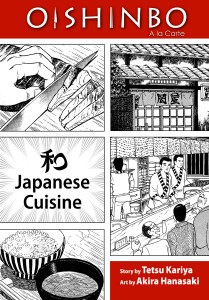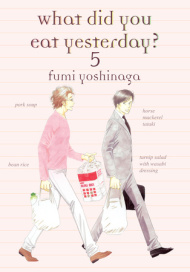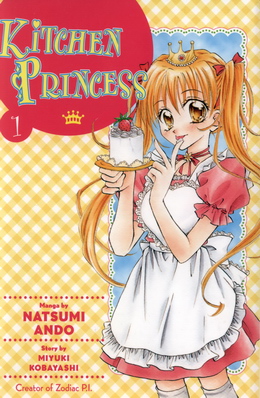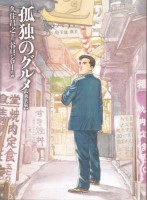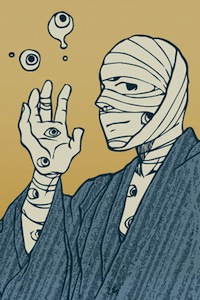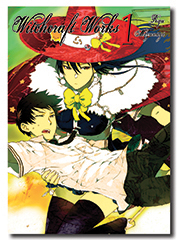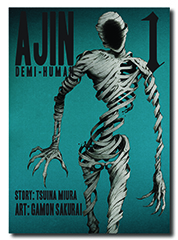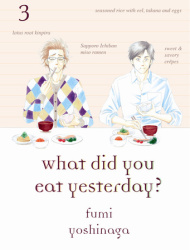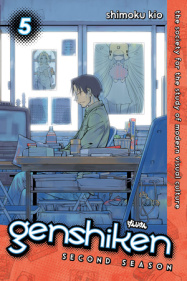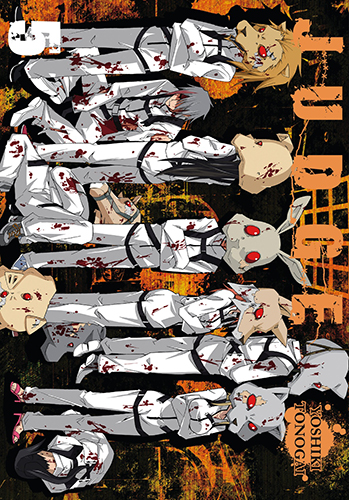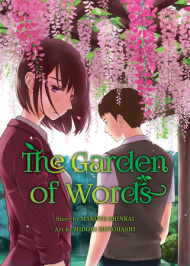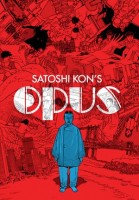 Zainab Akhtar posts a preview of Satoshi Kon’s Opus, which is due out this week from Dark Horse.
Zainab Akhtar posts a preview of Satoshi Kon’s Opus, which is due out this week from Dark Horse.
At Eeeper’s Choice, Phillip weighs in on Digital’s new Tezuka Kickstarter, which is considerably more modest than the last one.
Doraemon is the most iconic children’s character in Japan, if not all of Asia, so why have publishers been so slow to bring him over here? Roland Kelts looks at the problem, with input from translators Matt Alt (who is translating the manga, which is being released digitally), and Matt Thorn.
This week’s Pick of the Week at Manga Bookshelf comes down to two very different manga.
Erica Friedman recommends the digital magazine Sparkler Monthly.
Laura looks at this month’s new shoujo manga releases at Heart of Manga.
At Organization Anti-Social Geniuses, Justin and Manjiorin discuss five fears they have about buying manga. Any dedicated manga reader will relate!
A Library Girl notes a mini-revolt going on in the Crunchyroll forums because the company did not offer its traditional Black Friday discount on the All Access pass. Why are we writing about this on a manga blog? Because the All Access pass is what you use to read manga; if a substantial number of customers drop their subscriptions or convert to the anime-only service, it could hurt their digital manga program.
Peking University in Beijing, China, has opened a manga library.
News from Japan: This year’s best selling manga were One Piece, with 11,885,957 volumes sold, and Attack on Titan, with 11,728,368, but the numbers drop off quickly after that; Naruto, in the number six slot, had only half the sales of One Piece. Princess Resurrection manga-ka Yasunori Mitsunaga has a new series, Kako to Nise Tantei (Kako and Detective Nise), set to debut in the next issue of Young Jump.
Reviews: The Manga Bookshelf bloggers round up some quick takes on recent releases in the latest edition of Bookshelf Briefs. Ash Brown sums up a week’s worth of manga reading at Experiments in Manga. At Brain Vs. Book, Jocelyne Allen reviews Fumiko Fumi’s Memento Mori, which hasn’t been translated into English. Johnanna Draper Carlson takes a look at the how-to book Kawaii Manga: Adorable! at Comics Worth Reading.
Ash Brown on All You Need Is Kill (Experiments in Manga)
Leroy Douresseaux on vol. 2 of Black Rose Alice (The Comic Book Bin)
Erica Friedman on the September issue of Comic Yuri Hime (Okazu)
Sakura Eries on vol. 6 of GA: Geijutsuka Art Design Class (The Fandom Post)
TSOTE on Heureka (Three Steps Over Japan)
Johanna Draper Carlson on vol. 1 of Manga Dogs (Comics Worth Reading)
Sean Gaffney on vol. 14 of Neon Genesis Evangelion (A Case Suitable for Treatment)
Leroy Douresseaux on vol. 16 of Rin-ne (The Comic Book Bin)
A Library Girl on vols. 7-9 of The Story of Saiunkoku (A Library Girl’s Familiar Diversions)
